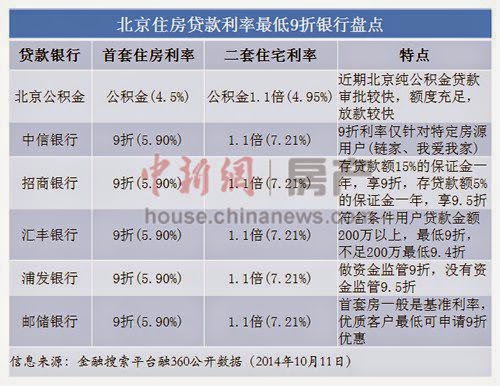Cross-posted from Investing in Chinese Stocks.
Yi Xianrong translated by Want China Times: Change to mortgage rules signal end to Li Keqiang’s micro stimulus,
These price corrections have hurt consumers with vested interests in the housing market however, as well as local authorities and the Chinese economy in general, as it depends heavily on the real-estate sector. The corrections also exposed the risks of local government debt and financing channels.
Although Li introduced his so-called micro stimulus policy–in contrast to the massive stimulus package in 2008–to boost the slower economic growth posted by the country, the introduction of the new mortgage rules seems to indicate a shift back to 2008’s policies.
I’m still in the wait-and-see camp.
From iFeng: 银行为多套房开口子 首付从三成到五成不等, some banks are offering down payments as low as 30% for borrowers with no existing mortgage. Postal Savings in Hubei will require 50% down payments for second mortgages, but rates based on customer credit. ICBC says lowest down payment is 30%, but down payment and rates depend on customer credit.
It’s even clearer Beijing. Not only is the 30% mortgage discount never going to happen, good luck finding 20% or even 15%.
The top institution on this list is the Beijing public housing fund (workers and companies can pay into it). The other banks (top to bottom: CITIC, China Merchants, HSBC, Pudong Development Bank, and Postal Savings) are only offering 10% off the prime rate, and second mortgages are 10% above prime, and these rates come with other conditions.


